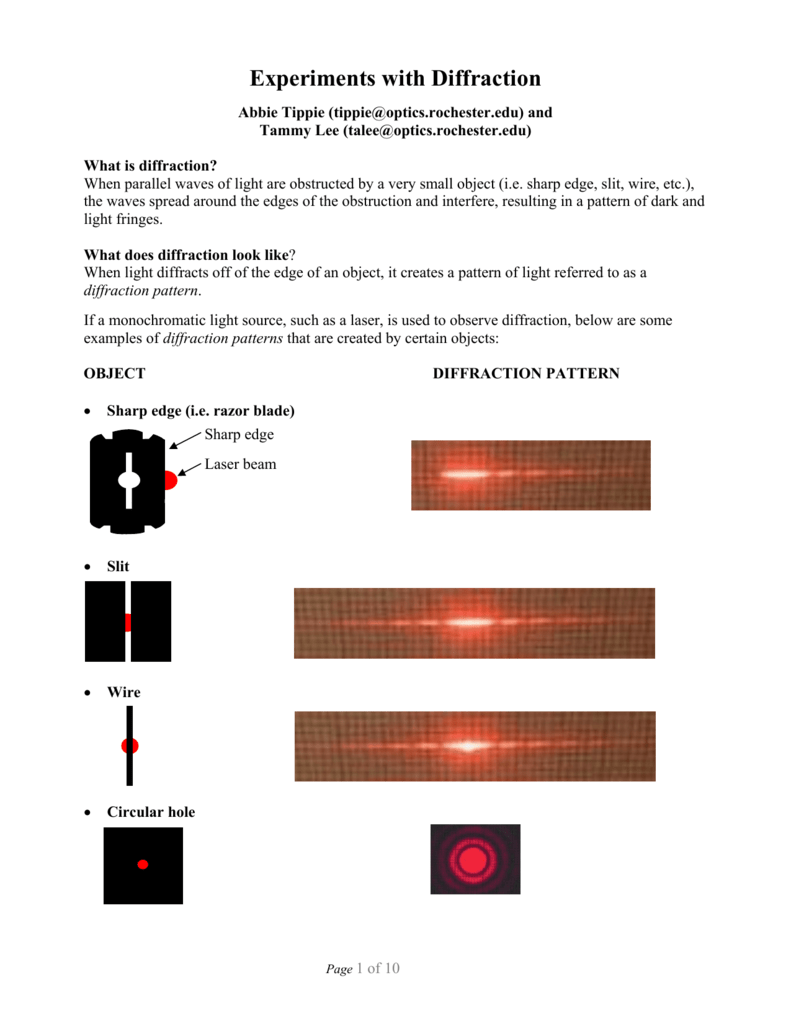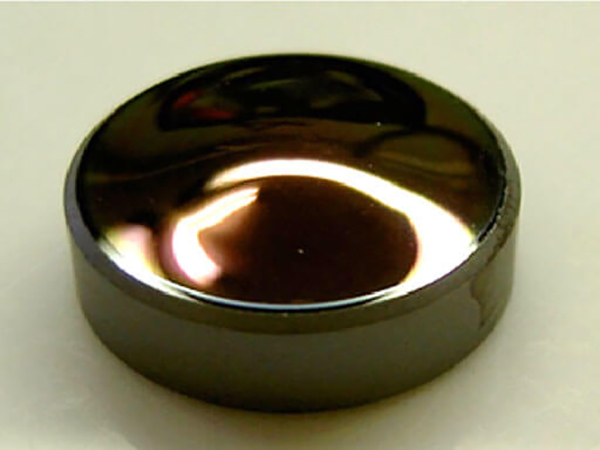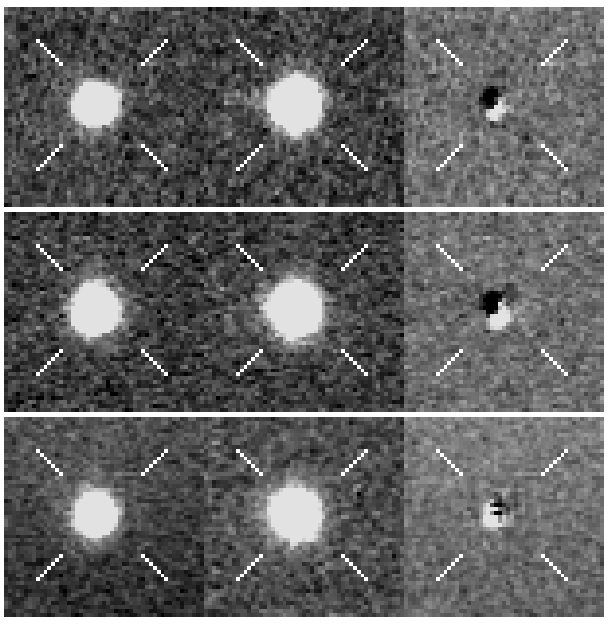

Any hologram (holos-whole gram-message) may be a complex diffraction grating. This procedure creates high-quality holographic diffraction gratings because the lines are precisely parallel, uniformly spaced, and equally wide. An interference pattern of alternating dark and light lines occurs when two laser beams collide at an angle on the surface of a photographic plate or another recording medium. Application of DiffractionĪn example of diffraction is holography.
#Example of diffraction full#
To summarise, the requirement for destructive interference over the full slit is the same as the condition for destructive interference between two narrow slits separated by half the slit width.

Similarly, the source just below the slit’s top will interfere destructively with the source just below the slit’s centre at the same angle. When the path difference between the two sources is equal to λ/2, the light from the top edge of the slit interacts destructively with light from the centre of the slit. The above logic computes the angle at which a first minimum is obtained in diffracted light.

Phase variations are caused by differences in the journey lengths required by contributing rays to reach the point from the slit. Minima and maxima in diffracted light are seen if the relative phases of these contributions differ by 2π or more. The light incident at a certain area downstream of the slit comprises contributions from multiple point sources. The slit acts as though it contains several point sources uniformly dispersed over its width. Interference effects are produced by the region downstream of a slit, wider than a wavelength. The wavefront that emerges through the slit is a cylindrical wave with a constant intensity. Light is diffracted into a succession of circular waves by a long slit of microscopic width, irradiated by light. Diffraction is observable when the sources are tiny enough compared to the wavelength of light. It resulted in a distinct pattern on the screen called the diffraction pattern. In the single-slit diffraction experiment, light from a coherent source interferes with itself. In an aperture with a width smaller than the wavelength, the wave transmitted through the aperture spreads around and behaves like a point source of waves. The wave passes by or through the obstacle without significant diffraction for large apertures. The vast majority of the wave is blocked in the diffraction phenomenon for tiny aperture sizes. It occurs when the dimension of the aperture or obstacle is of the same order of magnitude as the wavelength of the incident wave. The diffraction phenomenon is the spreading out of waves as they pass through an aperture (an opening or hole) or around objects. To know what diffraction is, it is important to go into its details. Read along to know all about the phenomenon known as diffraction. The diffraction pattern, formed when light bends around an edge or edges, demonstrates that light has wavelike qualities. Diffraction may be demonstrated using a candle or a tiny bright flashlight bulb and a slit formed with two pencils. The wave bends when the light goes around an edge or through a slit. The silver line seen in the sky is due to light diffraction. Light diffraction is when light bends around corners, causing it to roll out and brighten places where a shadow is expected.

It occurs with sound and electromagnetic radiation, such as light, X-rays, and gamma rays. What is diffraction? Diffraction is the spreading of waves in the presence of obstacles.


 0 kommentar(er)
0 kommentar(er)
